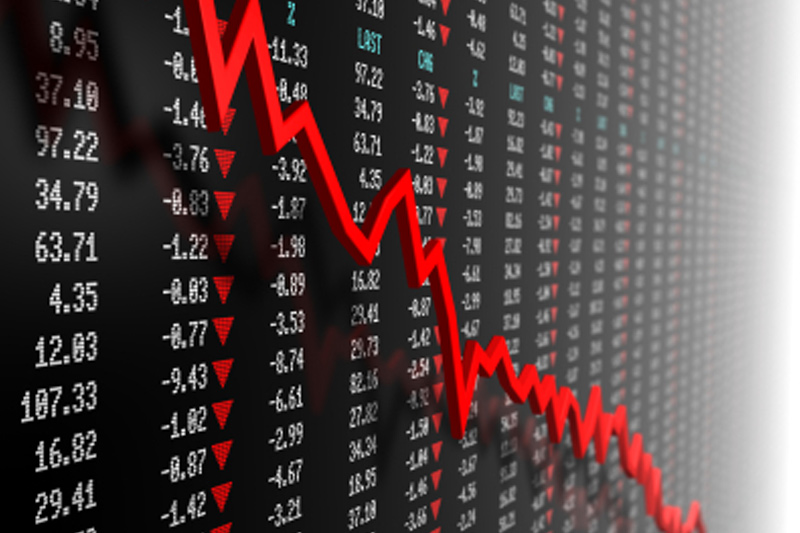Investing.com’s stocks of the week
Investing.com – The Australian dollar was down against its U.S. counterpart on Tuesday, hovering above a 2-month low after giving up early gains made on the back of better-than-expected economic data.
AUD/USD hit 0.9567 during European early afternoon trade, the pair’s lowest since October 5; the pair subsequently consolidated at 0.9591, shedding 0.40%.
The pair was likely to find support at 0.9462, the low of September 24 and resistance at 0.9698, Monday’s high.
Earlier Tuesday, official data showed that Australian home-building approvals rose in October for the first time in seven months.
The Bureau of Statistics said the number of permits granted to build or renovate houses and apartments advanced 9.3% from September, when they dropped a revised 5.3%. Analysts had expected building consents to rise 1.6% in November.
But risk appetite was hit by a report that a Chinese academic suggested that Beijing will need to hike rates by another 2% and by news that the jobless rate in Japan had risen to 5.1% in October form 5.0% in September while continued fears over sovereign debt contagion in the euro zone also weighed.
Meanwhile, the Aussie was up against the euro, with EUR/AUD shedding 0.46% to hit 1.3568.
Later in the day, the U.S. was to publish industry data on house prices, as well as data on consumer confidence. The country was also to release an index of manufacturing growth in the Chicago area, while Federal Reserve Chairman, Ben Bernanke was to speak at a public engagement.
AUD/USD hit 0.9567 during European early afternoon trade, the pair’s lowest since October 5; the pair subsequently consolidated at 0.9591, shedding 0.40%.
The pair was likely to find support at 0.9462, the low of September 24 and resistance at 0.9698, Monday’s high.
Earlier Tuesday, official data showed that Australian home-building approvals rose in October for the first time in seven months.
The Bureau of Statistics said the number of permits granted to build or renovate houses and apartments advanced 9.3% from September, when they dropped a revised 5.3%. Analysts had expected building consents to rise 1.6% in November.
But risk appetite was hit by a report that a Chinese academic suggested that Beijing will need to hike rates by another 2% and by news that the jobless rate in Japan had risen to 5.1% in October form 5.0% in September while continued fears over sovereign debt contagion in the euro zone also weighed.
Meanwhile, the Aussie was up against the euro, with EUR/AUD shedding 0.46% to hit 1.3568.
Later in the day, the U.S. was to publish industry data on house prices, as well as data on consumer confidence. The country was also to release an index of manufacturing growth in the Chicago area, while Federal Reserve Chairman, Ben Bernanke was to speak at a public engagement.
